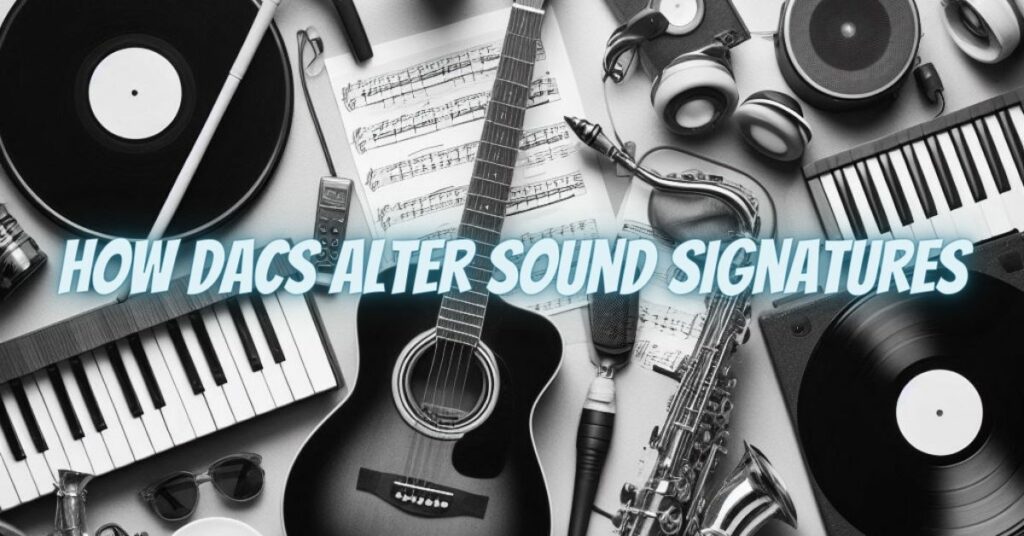Digital-to-Analog Converters (DACs) play a crucial role in the modern audio landscape, responsible for transforming digital audio signals into analog signals for playback through speakers or headphones. One question that often arises is whether a DAC has the potential to change the sound signature of your audio system. In this article, we will explore the concept of sound signature and how DACs can influence it.
Understanding Sound Signature
Sound signature, also known as tonal balance or sound profile, refers to the unique way in which an audio system reproduces sound. It encompasses a range of characteristics, including frequency response, tonal qualities, emphasis on certain ranges (bass, mids, or treble), and the overall sonic character.
How DACs Influence Sound Signature
- Neutral and Transparent DACs:
- Some DACs are engineered to be transparent and neutral, aiming to maintain the original sound signature of the audio source. These DACs are designed to provide accurate digital-to-analog conversion without introducing coloration or altering the audio.
- Sound Shaping Features:
- Certain DACs come with features that allow users to customize or adjust the sound signature to suit their preferences. This can include options to boost or reduce specific frequency ranges or apply digital filters. When used, these features can certainly influence the sound signature.
- DAC Chip and Components:
- The choice of DAC chip and the quality of components within the DAC can influence the sound signature. Different DAC chips and component selections may have inherent characteristics that subtly affect the audio, such as tonal balance or warmth.
- High-Resolution Audio Support:
- DACs that support high-resolution audio formats can influence sound signature by providing more detailed and extended frequency response. This can lead to a more open and transparent sound.
- Noise and Interference Reduction:
- A high-quality DAC with noise reduction mechanisms can contribute to a cleaner, more transparent sound by minimizing interference and artifacts that could otherwise alter the sound signature.
- Impedance Matching:
- When connecting a DAC to amplifiers or headphones, impedance matching is important. Incompatibility in impedance can affect the damping factor and thus the sound signature. Properly matching the DAC with the rest of the audio chain is essential.
Understanding the Effect of DACs on Sound Signature
In essence, the effect of a DAC on sound signature depends on various factors, including the design of the DAC, the choice of DAC chip, and the presence of sound-shaping features. Some DACs aim to maintain a neutral and transparent sound signature, while others provide users with the flexibility to customize and fine-tune the audio to their preferences.
It’s important to note that the impact of a DAC on sound signature is usually subtle and may be more noticeable in a high-end audio system with revealing speakers or headphones. For most casual listeners, the difference in sound signature due to the DAC will be minimal.
While DACs are designed to provide accurate digital-to-analog conversion, their impact on sound signature is not uniform and depends on various factors. Users who value customization and prefer to fine-tune their audio experience may find DACs with sound-shaping features appealing. However, for those who prioritize a neutral and unaltered sound signature, selecting a transparent DAC that maintains the original tonal balance is the ideal choice. Ultimately, the choice of a DAC should align with your specific audio preferences and listening goals.


